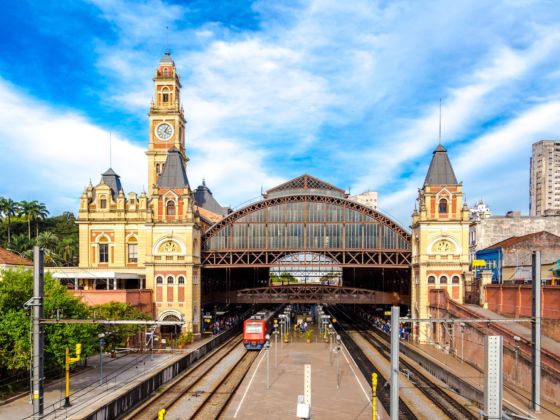SAO PAULO IS GIGANTIC. It’s the largest city in the Americas with around 11 million residents and a few hundred different neighborhoods divided into five zones (east, west, central, north and south). You could live here all your life and not see half of it.
Mooca
In a way, this is where São Paulo began. At the Hospedaria do Imigrante (Immigrant hostel) now turned into the Immigration Museum, some 70 different nationalities first arrived in the city: Italian, Portuguese, Armenian, German, Japanese, Turkish, Syrian and others, running from war, plague or religious persecution. To this day Mooca has a strong Italian vibe, with countless cantinas and pizza places, like Pizzaria do Angelo.
